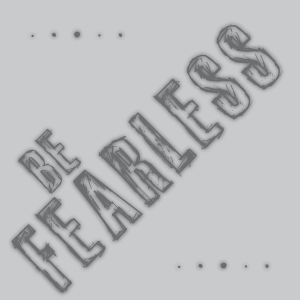For me, the word bully conjures up memories of the beloved movie, “A Christmas Story”. Throughout the movie you see Scut Farkus, a stereotypical bully, large in size and awkward looking, disregarding rules and bullying the seemingly helpless nerd Ralphie. As it turns out, Ralphie was able to extract revenge on Scut in the end… when pushed to the breaking point Ralphie pummels Scut over and over. It was a victorious moment for all nerds bullied on the playground.
Well, we have grown up and no longer face bullies on the playground. However they may very well sit in the cube next to us. And, while I would like to shrug off their behavior as simply being a jerk, the truth is, their behavior can destroy individuals, teams, and profits in an organization.
While there isn’t a universal definition of the workplace bully (WB), the Workplace Bullying Institute (WBI) defines it so:
The repeated, health-harming mistreatment of an individual (the target) by one or more perpetrators that take one of the following forms: verbal, offensive behavior, or work interference (sabotage).
It is estimated that 37% of people are currently being bullied on the job. That means nearly 2 out of every 5 people are walking into a hostile work environment every day.
WB takes many different forms. The most common are:
- Threaten professional status: belittling, public humiliation, name calling, intimidating threats, and using formal write ups
- Threat to your personal Standing: undermines personal integrity, sarcasm, inappropriate jokes, insults, intimidation, teasing etc.
- Isolation: intentionally being left out of meetings, information being kept from the target, ignoring or excluding
- Overwork: impossible deadlines, unnecessary disruptions, destabilization such as not acknowledging a job well done, removing responsibility and assigning menial tasks, changing deadlines and not letting the target know.
Some tactics used by bullies are:
- Accuse someone of errors that were not really made
- Nonverbally intimidate by staring, glaring or ignoring
- Discounting the target’s feelings
- Uses the silent treatment
- Uncontrollable mood swings in front of the group
- Make up rules they don’t adhere to
- Disregard exemplary/quality work
- Have different standards for the target
- Started, or didn’t stop destructive rumors or gossip about the target
- Isolated one person from their coworkers (socially or physically)
- Publicly displayed undignified behavior
- Yelled/screamed in front of others to humiliate the target
- Stole credit for work done by someone else
- Lied about the target on performance review
- Declared the target insubordinate for not following arbitrary rules
- Shared confidential information about the target
- Retaliated against an individual for filing a complaint
- Created unrealistic workload demands
- Encourage the target to quit or transfer departments so to avoid further abuse
- Ensure failure of the target’s project by not completing required tasks such as signoffs, taking calls, or working with collaborators
This list isn’t inclusive of all bullying behavior. When someone feels threatened, they will resort to many kinds of behavior in order to regain some of the control they fear they are losing.
If you think bullying may be taking place in your workplace please click and take this quiz. If you know you are being bullied and would like suggestions about how you can help stop it, please visit the WBI website. Next Friday WW will blog about why people bully. The more knowledge you have, the better prepared you can be to defend yourself and others from bullies whose behavior can destroy individuals, teams, even organizations.






